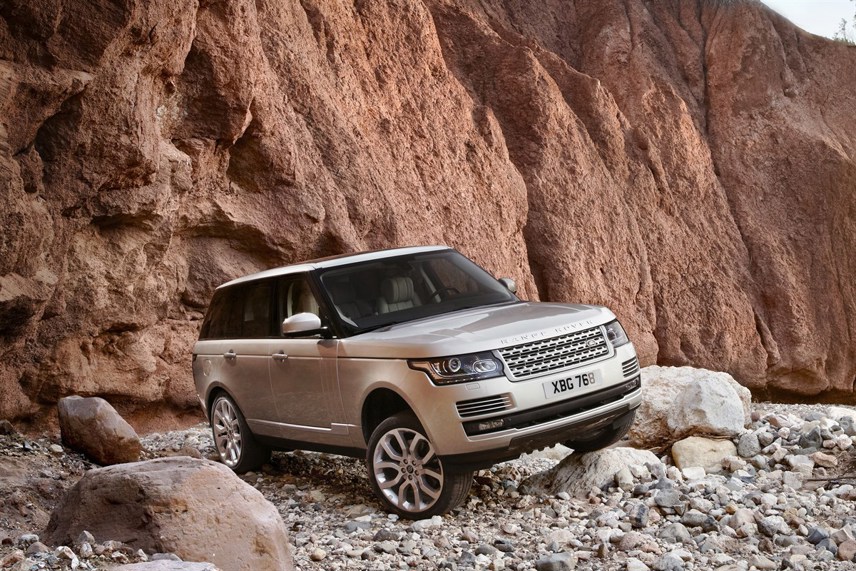Review
Land Rover says its customers told the firm ‘don’t change the Range Rover, just make it better’.
That’s a tough challenge, especially when improved economy and emissions were imperative.
The answer for Land Rover is weight reduction. Not a few pounds and ounces, but a massive 450kg for the V8-powered model. Further weight loss comes with the new TDV6 turbodiesel model that tips the scales at an almost waif-like 2160kg compared to the previous V8 diesel’s 2810kg.
Such significant decreases in weight easily explain why the new 254bhp V6 diesel is as quick off the mark from 0-62mph in 7.9 seconds as the old V8 diesel. The benefits of lightweight aluminium construction also make themselves plain when it comes to economy and emissions, with the V6 registering 37.7mpg combined consumption and 196g/km carbon dioxide emissions. These figures both compare well with a BMW X5 30d’s.
Land Rover’s Global Brand Director John Edwards told Fleet News: "Range Rover customers are the most demanding in the world as they want a luxury car capable of more than any saloon."
To meet these demands, Range Rover has refined its Terrain Response system with an auto mode that lets the car do even more of the work in rough conditions. During our time with the new Range Rover, we tackled mud, sand, rocks, deep water and steep climbs and descents, yet nothing fazed the car.
More importantly for most company car drivers is how the Range Rover behaves on normal roads. In this respect, the car is markedly better than before as it does not lean nearly as much in corners, has crisper steering, slick eight-speed auto ’box, a tight turning circle and the V6 diesel is the most refined engine in the line-up.

There is next to no noise at 70mph and the Range Rover has a wonderfully supple ride quality.
In town, the car is surprisingly nimble, helped by having a footprint that is fractionally smaller than an Audi A6 saloon’s.
This is despite the new Range Rover having a longer wheelbase than before, which helps with easier access through the rear doors and provides more space for back seat passengers, while the classic split tailgate now has power operation.
In the front, there are fewer buttons on the dash for a cleaner, classier look. The leather seats are comfortable and ideal for all-day journeys and there’s all of the luxury equipment you’d expect. Land Rover continues with its Vogue, Vogue SE and Autobiography trim levels, with plenty of options to further personalise the car.
Has Land Rover succeeded in making the Range Rover better while retaining its core appeal? Absolutely, and it’s made it a far more attractive prospect for a select band of company drivers.
Author: Alisdair Suttie
Specs
| Manufacturer | Land Rover |
| Model | Range Rover |
| Specification | |
| Model Year | 0.00 |
| Annual VED (Road tax) | £0 |
| BIK List Price | £77,380 |
| CO2 | 196g/km |
| BIK Percentage | 33% |
| Insurance Group | N/A |
| CC | N/A |
| Fuel Type | Diesel |
| Vehicle Type | |
| Luggage capacity (Seats up) | N/A |
Running Costs
| P11D | £77,380 |
| Cost per mile | 102.50ppm |
| Residual value | £31,025 |
| Insurance group | N/A |
| Fuel Type | Diesel |
| Cost per mile | 0.00ppm |
| Fuel | 0.00ppm |
| Depreciation | 0.00ppm |
| Service maintenance and repair | 0.00ppm |
Info at a glance
-
P11D Price
£77,380
-
MPG
37.7 -
CO2 Emissions
196g/km -
BIK %
33% -
Running cost
3 Year 60k : £31,025 4 Year 80k : £23,750 -
Fuel Type
Diesel
















